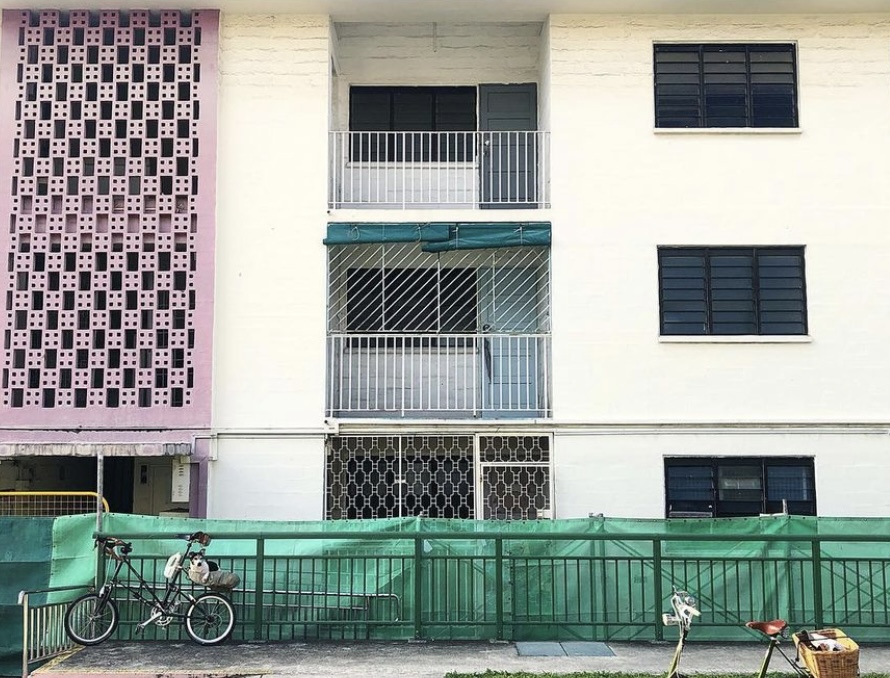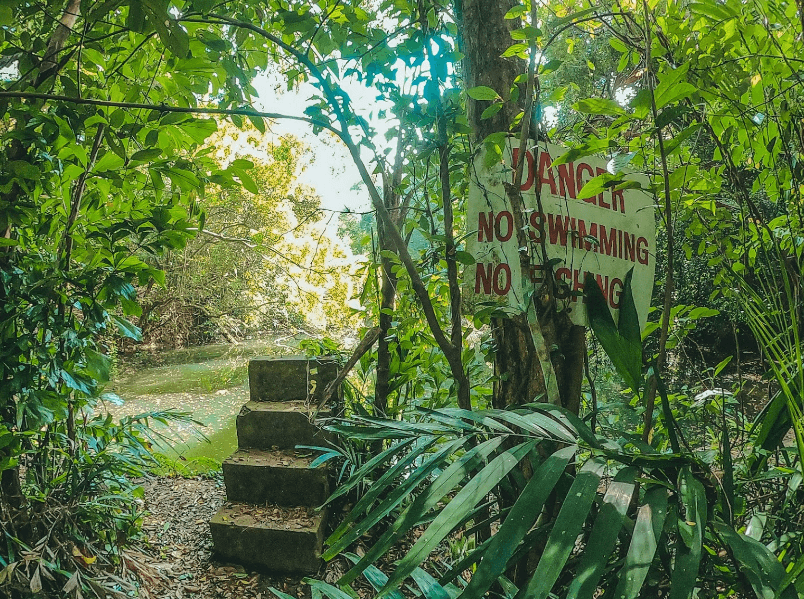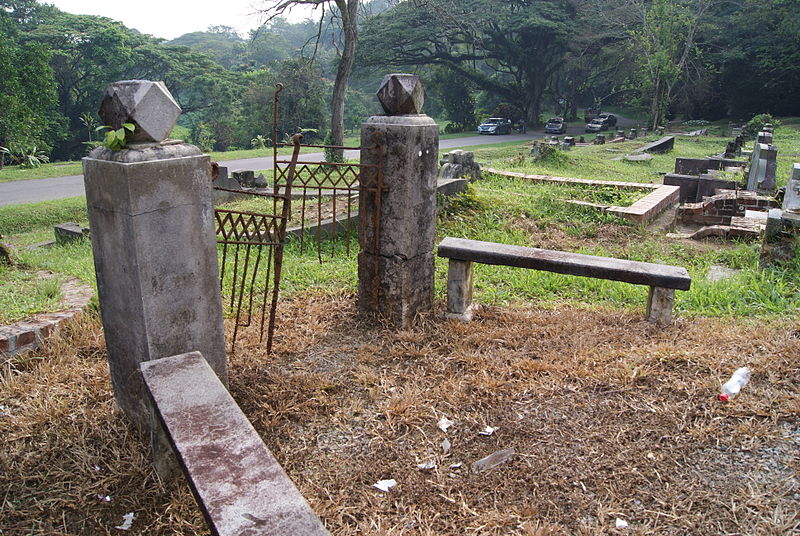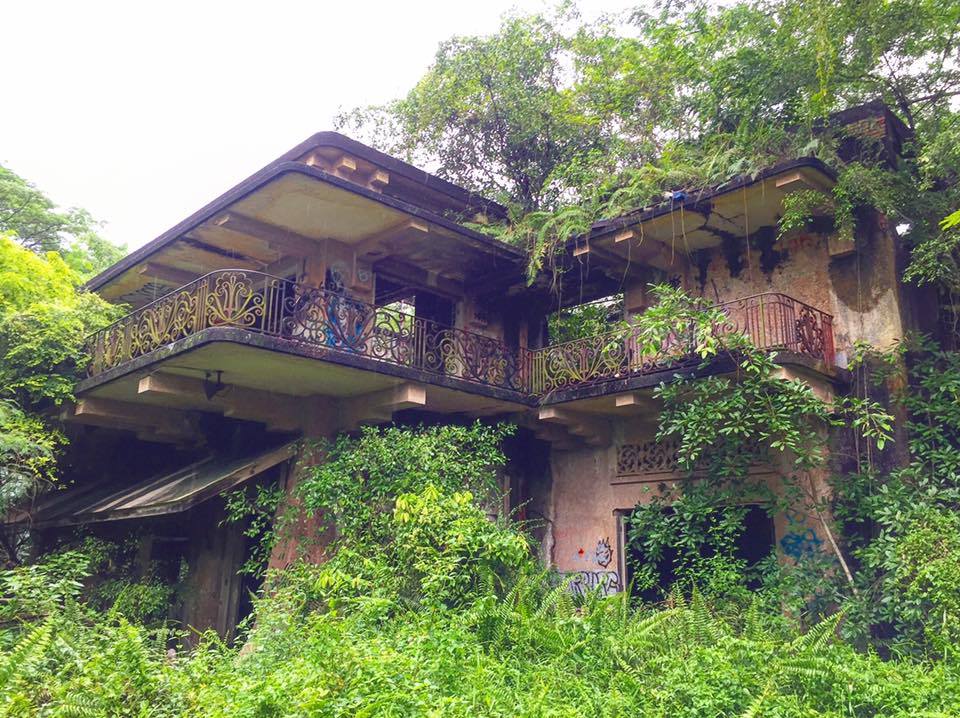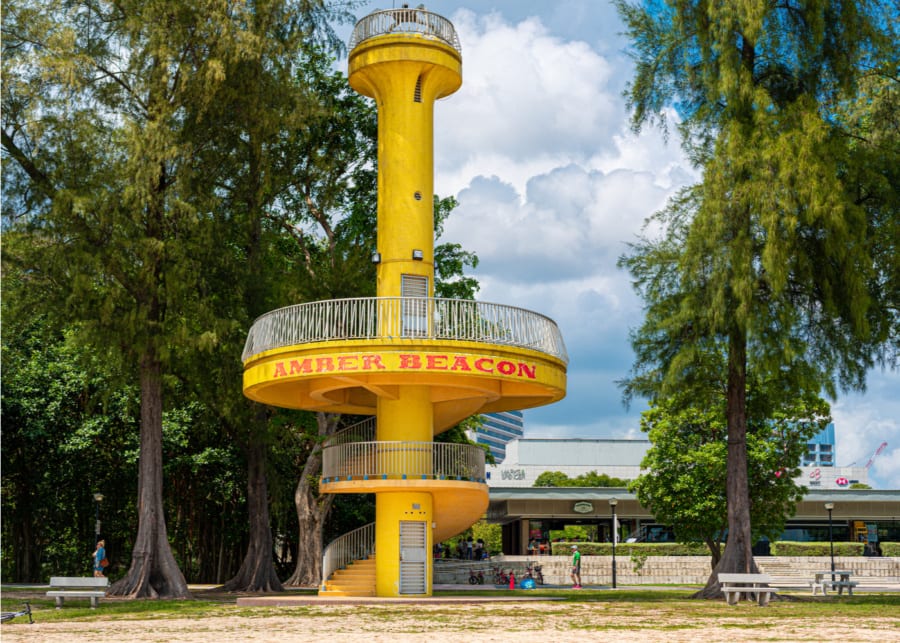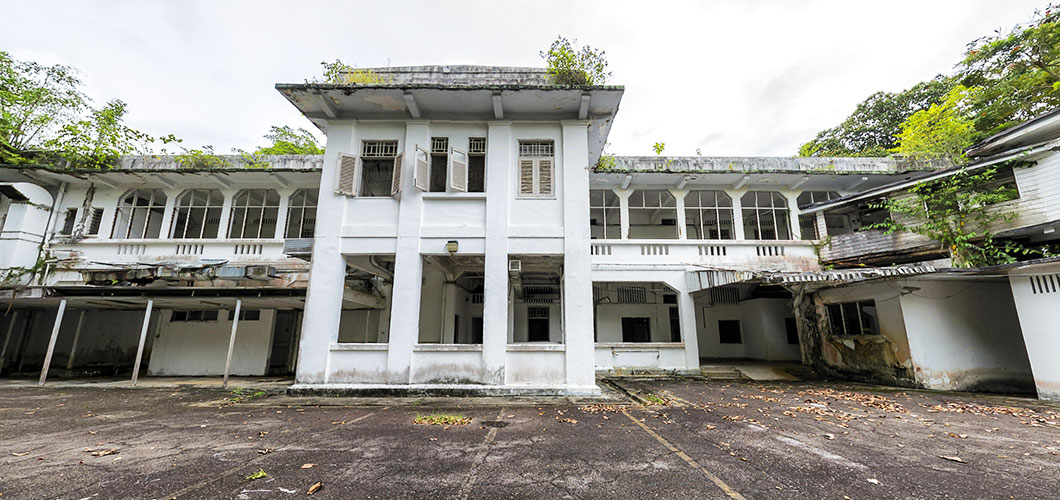If you’ve seen British Professor Brian Cox doing his thing on TV or live on stage before, you’ll know how brilliant he is at bringing complicated (and potentially dull) scientific concepts to the masses and making them fun and engaging. This December, he’s back in Singapore at Star Theatre to take us all on a trip involving faraway galaxies, quantum theory, a bit of astrology, mega-massive black holes, and a time before the Big Bang. Horizons – A 21st Centuary Space Odyssey is set to be a stonker which not only promises to be entertaining, but will also make you feel super-brainy when you leave. We caught up with Brian to ask some (not very) scientific questions ahead of his tour. Read on for more, plus scroll down to the end for details on how to win tickets for his show.
1. How did the universe begin?
We’re still not sure! We know that the universe looked very different 13.8 billion years to how it does today. It has not always been like this. We’ve not always lived in a universe with stars and galaxies in it, they formed at a finite time in the past. You can ask whether that time billions of years ago when the universe was very hot and dense was in fact its origin, but we don’t know. We’re only just beginning to understand what space and time are through the study of black holes, and until we do that we won’t have answers.
2. Why exactly are these black holes in the universe creating chaos?
The smaller black holes have formed from the collapse of stars. Stars run out of fuel and if they are sufficiently massive nothing can stop the collapse so they do so without limits. A way to picture these black holes is as an imprint in space and time after a star has fallen and left an imprint in the fabric of the universe.
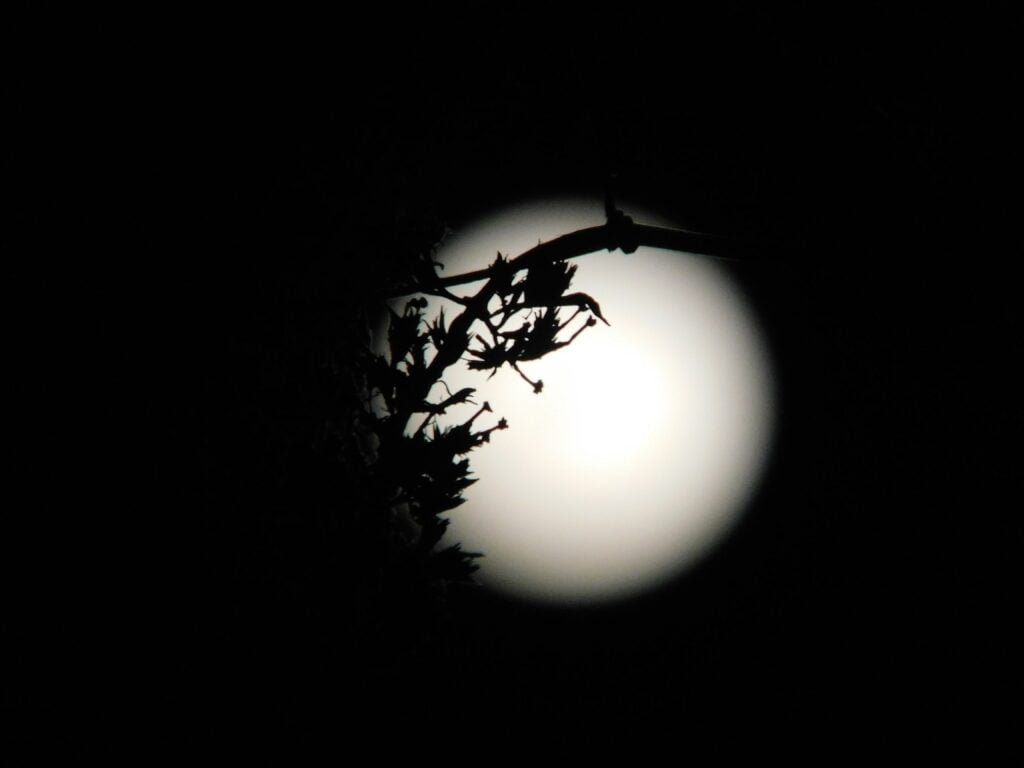 3. Have these weird black holes only just been discovered?
3. Have these weird black holes only just been discovered?
The description of them has actually been around since 1916. The Einstein description is that the end of time is inside the black hole which is fascinating. In the 1950s and 1960s most physicists would look into why they wouldn’t fall. In the 1970s, Stephen Hawking observed that notwithstanding, nothing can escape from a black hole and they evaporate away in time. That led to the profound question: one day they will be gone so what will happen to all the stuff that falls in? Which is what I discuss in my show.
4. How hard is it to explain such difficult science concepts to an audience who have little understanding (or is this just us?).
It is hard but this is because it’s also hard for me to understand! One of the most famous quotes from a physicist is by the physicist and Nobel laureate Richard Feynman who said “I think I can safely say that nobody really understands quantum mechanics.” This pretty much sums it up!
5. What’s the best way to get the younger generations into science?
I think it’s about inspiration and making science exciting. When I do a live show for a couple of hours it’s hard to explain a lot, but hopefully there is enough to inspire a young audience to feel encouraged to learn more.
6. What’s been your biggest professional highlight so far?
In physics, writing a Phd thesis is an incredible thing; uou never work as hard as when you’re doing that. Trying to generate new knowledge – and it’s usually tiny little bits of knowledge – is a delight and finding out something new about the universe is a highlight.
7. You have great hair. What scientific tips have you got for us to maintain our frizzy manes in Singapore?
Ha! I think I’m just genetically blessed with straight hair! It stays straight no matter what, even in Singapore. If you come to the show you can make the observation that my hair on stage is likely to stay the same.
WIN! Tickets to see Professor Brian Cox live in Singapore!
Professor Brian Cox broke two previous Guinnes World Record for most tickets sold for a science show. We’re giving you the chance to WIN TWO tickets each worth $225 for his upcoming Horizons – A 21st Centuary Space Odyssey tour in Singapore in December. Open to all ANZA Members (join the ANZA community here.) Head over to our Facebook or Instagram page to be in the running.


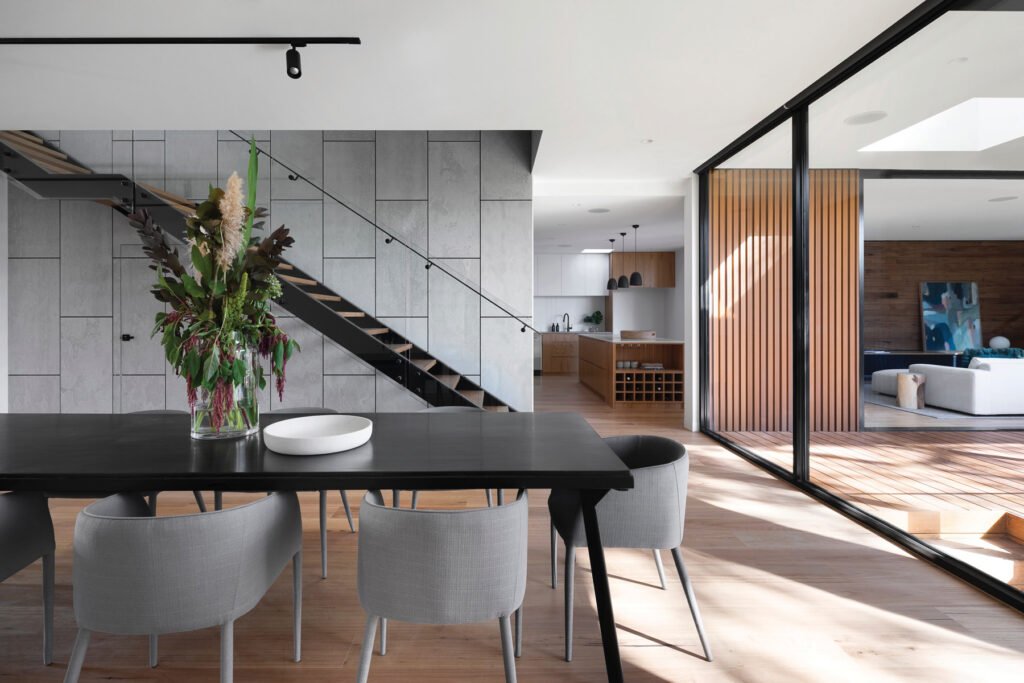

 Contact Odin Mortgage today
Contact Odin Mortgage today 
 Hi Emma Bibby!
Hi Emma Bibby!

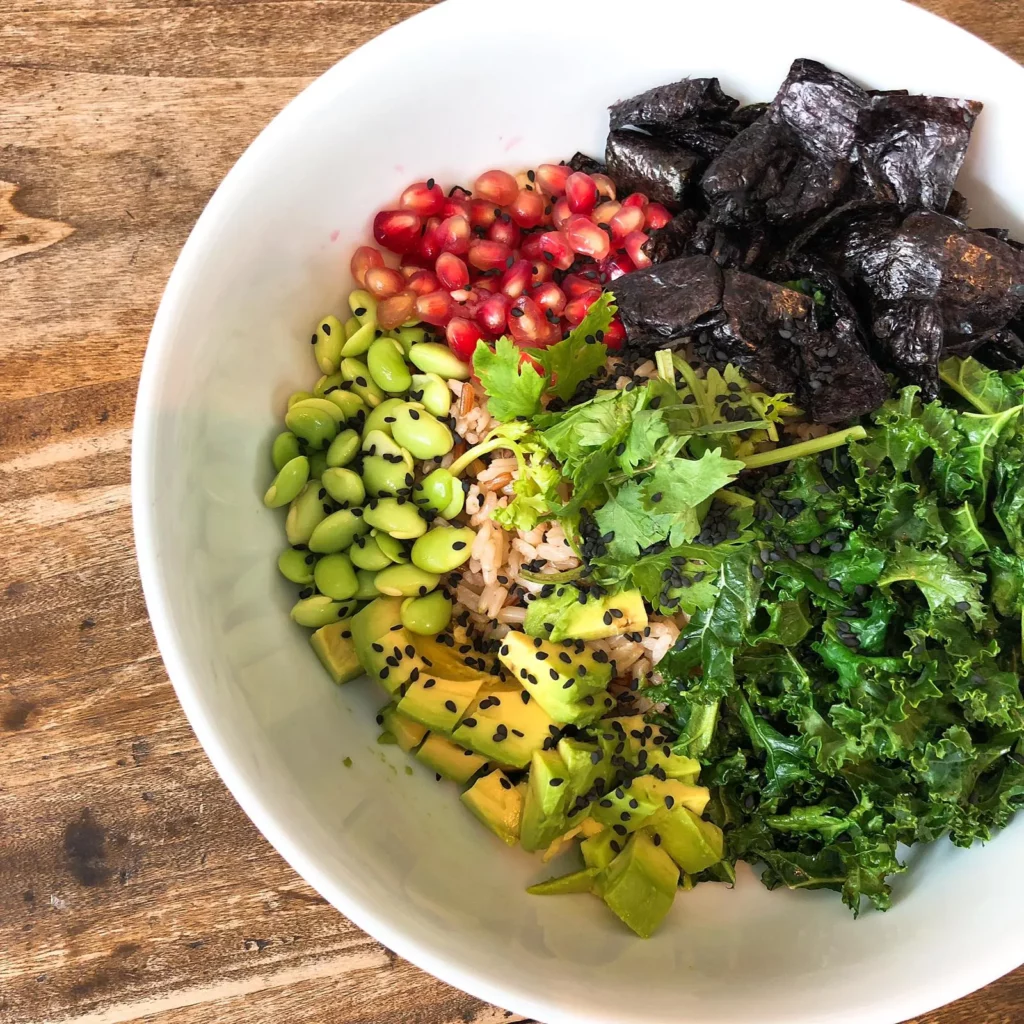

 In fast-paced Singapore, fatigue, frustration, or apathy resulting from prolonged stress at work is nothing new.
In fast-paced Singapore, fatigue, frustration, or apathy resulting from prolonged stress at work is nothing new. 
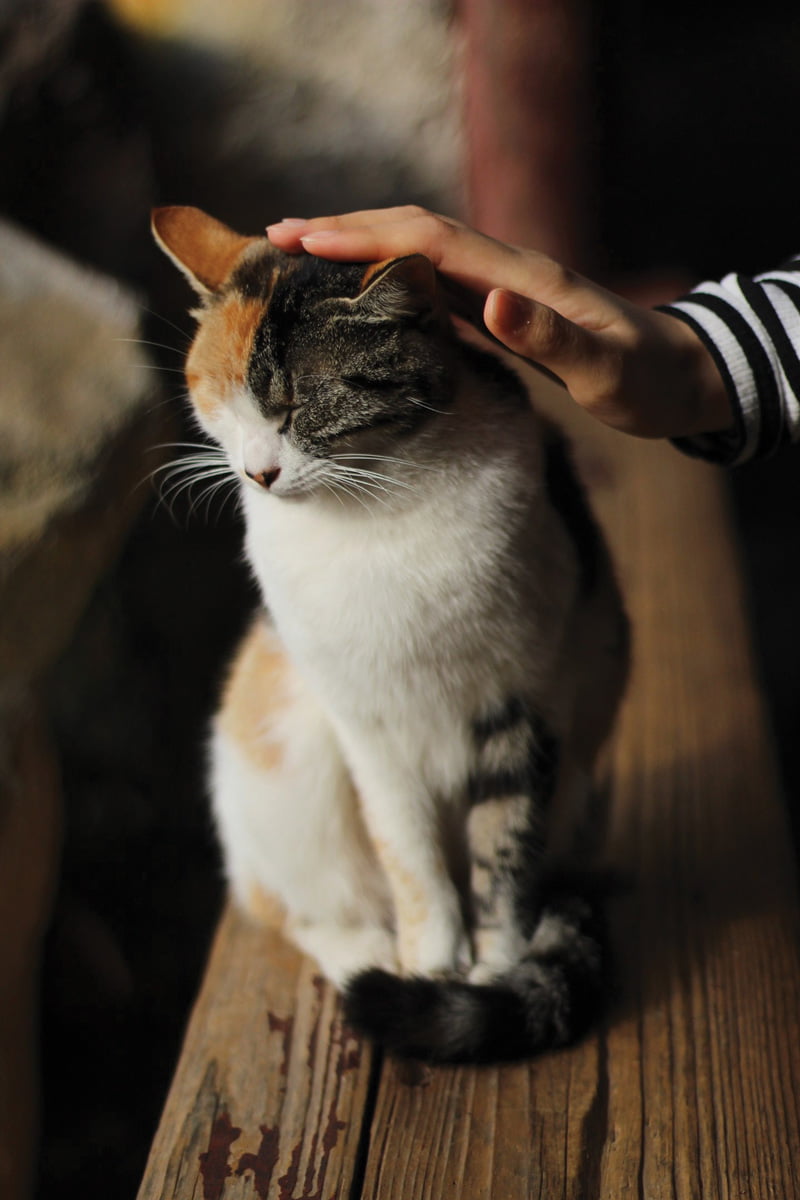 Exactly how do you contact departed pets?
Exactly how do you contact departed pets?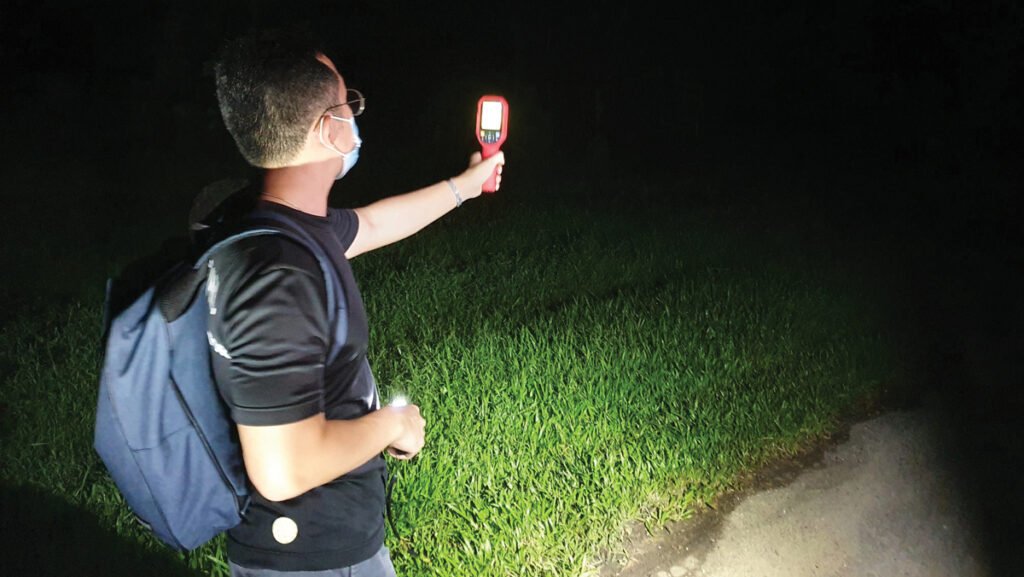 Singapore is accustomed to the spooky and supernatural. Our city-state may be small and safe, but it boasts myriad celestial tales,
Singapore is accustomed to the spooky and supernatural. Our city-state may be small and safe, but it boasts myriad celestial tales,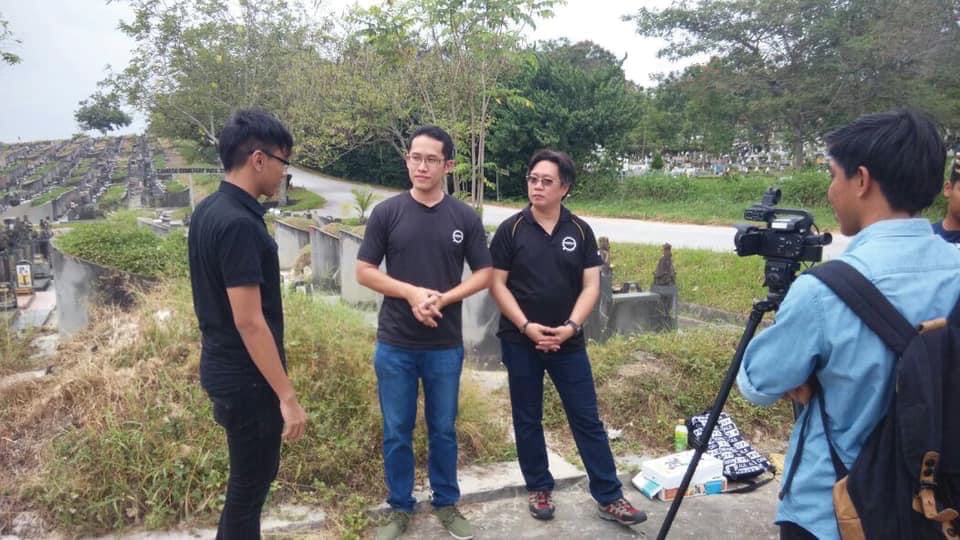
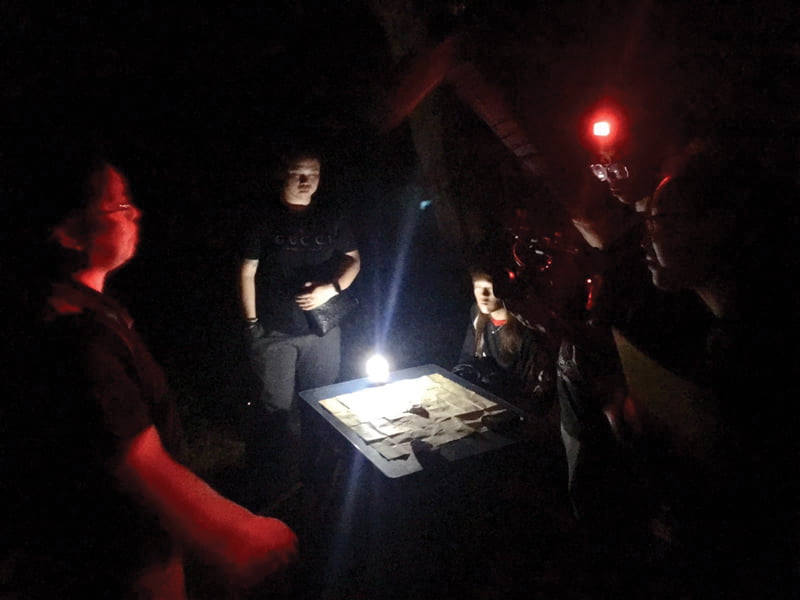
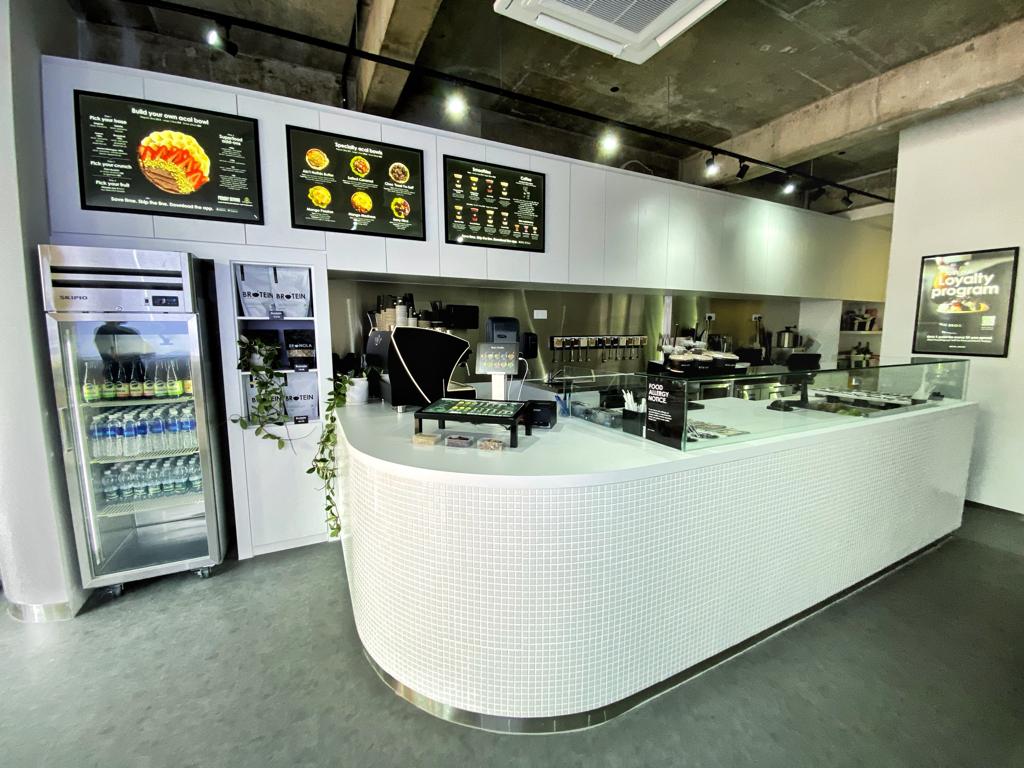 When ex Singaporean Airlines stewardess Michelle Ng was thinking of a new business venture she cast her mind back to food she had tasted on her many trips overseas. In Brisbane she had visited an Acai Brothers Superfood Bar and recalled that it tasted superior to the acai bowls she had brought in Singapore.
When ex Singaporean Airlines stewardess Michelle Ng was thinking of a new business venture she cast her mind back to food she had tasted on her many trips overseas. In Brisbane she had visited an Acai Brothers Superfood Bar and recalled that it tasted superior to the acai bowls she had brought in Singapore.